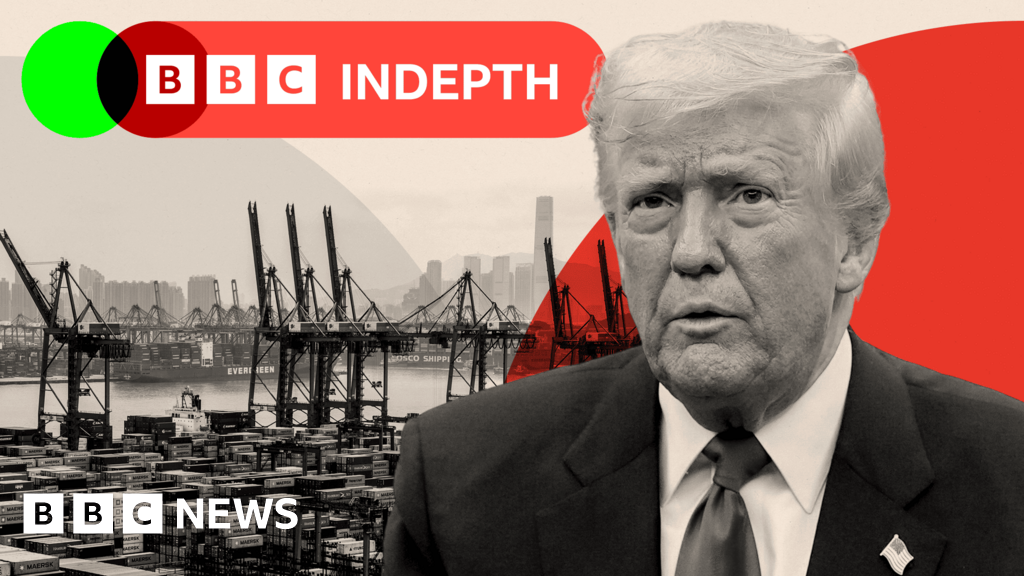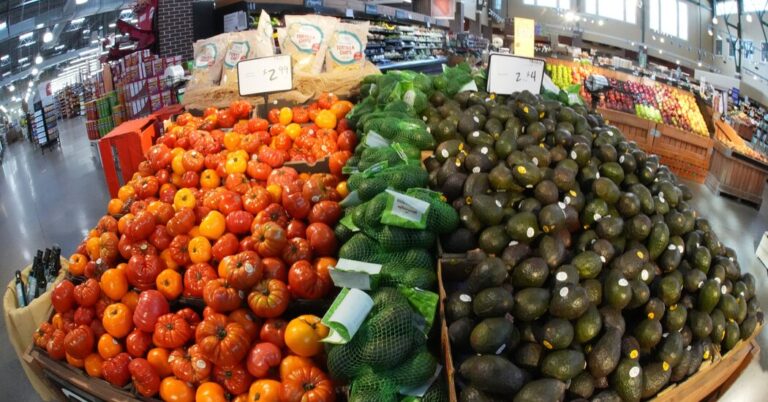Here is the plain text result:
There were some heroic efforts overnight from Donald Trump and those around him to suggest the past seven days were something other than absolute chaos. By this reading, Trump’s 4D game of chess has left China in check. Certainly the Chinese economy faces a massive hit from punitive tariffs in its biggest market. But even accounting for the President’s roll back, the US has still erected a massive protectionist tariff wall, not seen since the 1930s.
The world is left with a universal 10% tariff, irrespective of whether that country (for example the UK or Australia) actually sells less to the US than the US sells to it. There is now no difference between the EU, which clearly does have a massive trade deficit in goods and was preparing to retaliate, and the UK.
There is also an anxious wait to find out what comes next. One of the questions is whether President Trump pushes ahead with tariffs on medicines, the UK’s second biggest goods export.
Plus there is potential logistical chaos on the cards from a little-noticed multi-million dollar port tax for every cargo vessel docking in the US that was “made in China”. That is more than half of the global merchant fleet – and it is due next Friday.
Even with Trump’s stated 90 day pause on implementing higher tariffs, there remains too much uncertainty for companies to go through the rigmarole of rerouting global trade.
The central issue today, however, is that the world’s two great economic superpowers are now facing off against each other like rutting stags. Tariffs at these sky-high rates are massively hitting business between two nations which together account for around 3% of the entire world’s trade. The main motorway of the global economy is effectively shut.
China is expected to launch a stimulus package to make up for the economic damage. Meanwhile the US will see consumer prices surge. President Trump might try to order these US companies not to raise prices, but the effect will come through soon enough from the Amazon app to the iStore.
In theory this will be in sharp contrast to what is happening in other countries in the world. Across the border in Canada, or in Europe, not only will there not be such China-sourced price rises, there could be price cuts.
Trade wars on this scale do not stay confined to the flow of goods. They tend to become currency wars. What we saw last night was the trade turmoil spread to credit markets, especially the US bond market, having already hit share prices.
The US does have the Federal Reserve, which does have some power to tranquillise bond markets. But right now it does not look like its chairman Jerome Powell will ride to the rescue.
The bond market scepticism echoes the sentiment of the ascendant Treasury Secretary Scott Bessent. He is now pushing for Trump to reach trade deals with their allies because the US needs them to take on China.
Given the US was previously calling these same close allies cheaters, looters and pillagers, there is no way this was the strategy all along.
Source link




